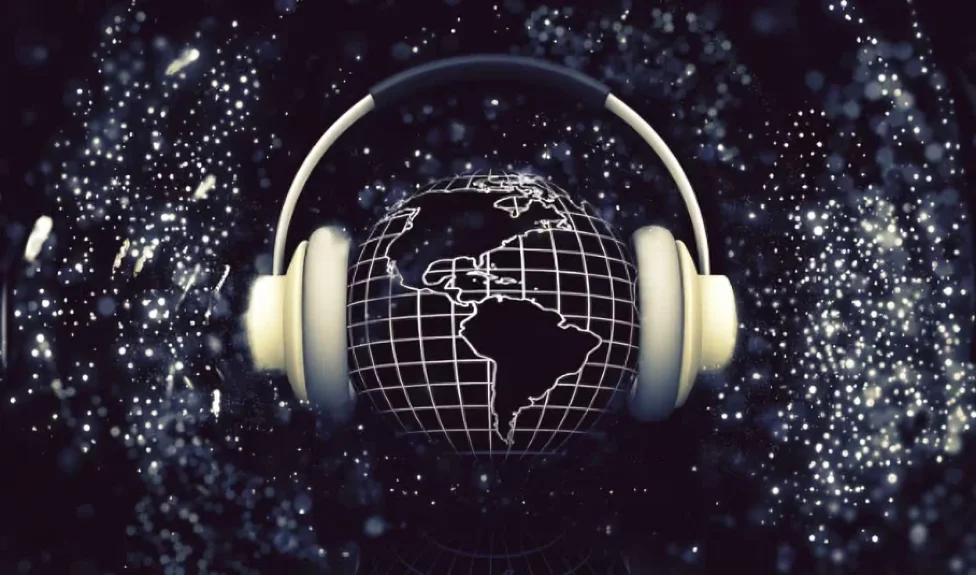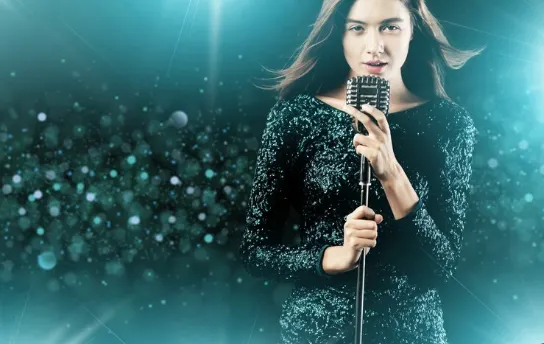AI Song Cover Maker: Create Realistic Covers Without Singing
Introduction
AI song cover maker tools are transforming how we create and experience music. Whether you’re an aspiring artist, a music producer, or a casual fan, these tools allow you to recreate songs using any voice, real or synthetic, without having to sing a single note. Let’s dive into how these tools work, why they matter, and how you can use them to make music like never before.
What Is an AI Song Cover Maker?
An AI song cover maker is a digital tool powered by artificial intelligence that can replicate human singing voices. You simply upload a melody or instrumental track and either select an existing voice model or train the tool on a custom voice. The software then generates a cover of the song, sung in that selected voice.
It’s like having a professional vocalist on standby, one who never sleeps, always delivers on time, and can sing in any style or emotion you choose. These tools are often cloud-based, meaning they can be accessed from anywhere, and the interface is designed for ease of use with little to no learning curve.
How Does an AI Song Cover Maker Work?
Here’s a more detailed look at how these platforms function:
- Voice Data Input: You feed the AI hours of recorded speech or singing from a target vocalist. This could be your own voice or someone else’s.
- Model Training: The AI learns to mimic pitch, tone, vibrato, breath control, and vocal nuances by analyzing the input data using machine learning algorithms.
- Song Input: You upload the song’s instrumental and, if needed, the lyrics. Some tools allow melody input via MIDI files or even by humming.
- Voice Synthesis: The AI generates a vocal track based on the input song and voice model, matching pitch and timing accurately.
- Mixing: The vocal output is synced with the instrumental. Many platforms offer editing tools for volume, reverb, pitch, and emotional tone for a polished result.
- Output: The final track is exported in formats like MP3, WAV, or FLAC, ready for distribution, playback, or sharing online.
Example: A user could upload a piano instrumental of a popular song, choose a trained AI voice model that mimics Adele, and in a few minutes, receive a cover version sung by “AI Adele.”
Why Are AI Song Cover Makers So Popular?

Several factors are fueling the rapid rise of these tools:
Creative Exploration
People love hearing what a pop singer might sound like performing a metal song. AI makes it easy to test out genre-bending musical ideas.
Viral Potential
Social media is filled with AI covers of artists performing songs they never actually sang. These often go viral, generating millions of views and sparking new trends.
Budget-Friendly
AI eliminates the need for studio time or professional singers. It’s a game-changer for indie artists and content creators.
Speed and Flexibility
You can create multiple versions of a song in minutes, tweaking emotions, styles, or even languages on the fly.
Accessibility
Even beginners with no technical background can now produce polished vocal tracks using drag-and-drop interfaces and simple controls.
Fact: The AI music generation industry is projected to surpass $1.6 billion by 2030, thanks in large part to tools like AI song cover makers.
Benefits of Using an AI Song Cover Maker
- Creative Freedom
Explore any musical idea. Want to hear Elvis sing Ed Sheeran? No problem. - Fast Turnaround
Create and fine-tune a song in hours, not days or weeks. - Low Cost
Great for creators with limited budgets. Some tools even have free plans. - Beginner Friendly
No need to read music or play an instrument. AI does the heavy lifting. - Endless Revisions
Tweak the vocals, pitch, and emotion as much as needed until you get the perfect take. - Voice Preservation
Artists can “clone” their voices now and use them later, even posthumously.
Top AI Song Cover Maker Platforms
| Platform | Highlights | Best For |
| Voicify.AI | Realistic voice cloning, emotional tweaks | Fans and beginners |
| Kits.AI | Custom voice model builder | Indie musicians |
| Uberduck | Fun celebrity voices, easy export | Content creators |
| ElevenLabs | Studio-quality speech-to-song conversion | Professionals |
| RVC/OpenVoice | Precise, open-source models | Developers & experts |
Most of these platforms offer free trials or community plans, making it easy to explore before committing.
Use Cases for AI Song Cover Makers
- Musicians: Produce demos quickly without waiting for vocalists.
- YouTubers: Create unique background tracks or parody songs.
- Fans: Generate “what if” scenarios (e.g., Kanye singing an Adele song).
- Game Developers: Use AI vocals for in-game soundtracks.
- Educators: Teach music theory or vocal training interactively.
Tips for Using AI Song Cover Makers Effectively

- Start with high-quality instrumentals or stems.
- Choose a voice model suited to your song’s style.
- Adjust pitch, speed, and emotion to match the song’s mood.
- Use post-processing tools for cleaner output.
- Always preview before exporting.
Ethical and Legal Considerations
Using someone else’s voice or copyrighted music can land you in legal hot water.
- Personal Use: Generally safe if you’re not monetizing.
- Commercial Use: Requires permission or use of royalty-free resources.
- Voice Rights: Public figures may have legal control over how their voice is used.
- Fair Use: Might apply in parodies or commentary, but it’s legally grey.
Advice: If you plan to sell or publish, consult a legal expert or stick to open-licensed materials.
The Future of AI Song Cover Makers
Looking ahead, we may see:
- Artists are licensing their AI voice models to fans.
- Virtual concerts using AI vocals.
- Hybrid performances combining human and AI voices.
- Interactive music lessons where AI gives real-time feedback.
The line between technology and creativity is blurring fast, and the next wave of music could be a true collaboration between human and machine.
FAQs About AI Song Cover Makers
- Can I legally publish an AI-generated song cover?
It depends. If you’re using a copyrighted song or voice, you’ll likely need permission or licenses. For original works or royalty-free music, you’re safer. - Is there a free AI song cover maker available?
Yes, tools like Voicify.AI and Uberduck offer free versions, though features may be limited. - How accurate are AI vocals compared to real singers?
They’re improving rapidly and can sound realistic, but they still lack the full emotional depth of a human singer. - Can I use my own voice with these tools?
Absolutely. Some platforms let you train a model using your own recordings. - Are these tools safe and secure to use?
Reputable platforms use encryption and allow users to control data access. Always check privacy policies before uploading personal data.
Conclusion
An AI song cover maker gives creators the power to produce music faster, cheaper, and more creatively than ever before. While it can’t yet match the soul of a human performance, it’s a powerful tool for prototyping, learning, and having fun.
Whether you’re remixing, experimenting, or building the next viral hit, AI makes the process smoother than ever. The music world is changing, and now, anyone can be part of it.










